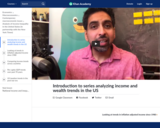
Introduction to series analyzing income and wealth trends in the US. Created by Sal Khan.
- Subject:
- Economics
- Social Science
- Material Type:
- Lesson
- Provider:
- Khan Academy
- Provider Set:
- New York Times
- Author:
- Sal Khan
- Date Added:
- 07/27/2021

Introduction to series analyzing income and wealth trends in the US. Created by Sal Khan.
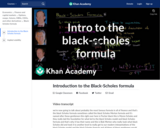
An introduction to the Black-Scholes formula.
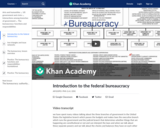
Introduction to the federal bureaucracy.
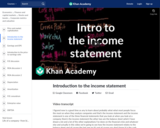
The income statement, revenue, gross profit, operating profit, net income, ROA and ROE. Created by Sal Khan.
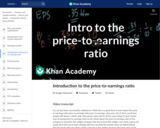
Price to Earnings Ratio (or P/E ratio). Created by Sal Khan.
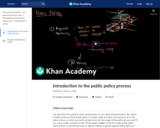
What are the stages of making policy in the United States?

Introduction to the treasury yield curve. Created by Sal Khan.
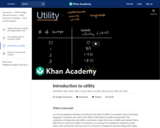
In this video, the economic concepts of utility and marginal utility are introduced.

Inverse relationship between capital price and returns. A discussion with Sal Khan.
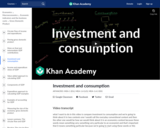
What an economist means when they say "investment" is different than what most people mean when they use it in day-to-day conversation. In this video, take a deeper dive into the investment category of real GDP. Created by Sal Khan.

Intuition as to why high real interest rates lead to low investment and why low rates lead to high investment. Created by Sal Khan.

This 9 minute video will explain what a 401(k) is and how a student can use this to build wealth for retirement. This video will enforce standard EPF. 18

This18 minute video will teach students what an Individual Retirement Account (IRA) is and specifically, the Roth IRA. This video will provide examples of how investing through a Roth IRA can build capital for later in life. This video will enforce the standard EPF. 18

This 4 minute video will define term life insurance, who should purchase and why it is cheaper than a whole life insurance policy. This video will aid in the mastery of standard EPF. 14

This 13 minute video will help students understand what an IRA or Individual Retirement Account is and more specifically, what a Traditional IRA is. This video will enforce standard EPF. 18
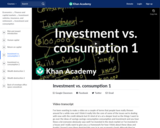
The difference between investment and consumption. Created by Sal Khan.
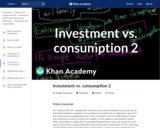
More investment vs. consumption examples. Created by Sal Khan.

Students will engage in viewing and researching videos and artifacts about thriving black communities that developed in the early 20th century amidst the violence of Jim Crow. The dominant narrative about US History from the end of Reconstruction to the mid-20th century has often portrayed Black people as hopeless and destitute. In reality, many Black people left the south, moved north or Midwest to establish flourishing communities. Black communities in Tulsa, Knoxville and Chicago were making great progress in the first two decades of the 20th century. But during the Red Summer of 1919, the aforementioned communities and others were burned down by white mobs and never rebuilt. One community was burned down and filled in with water, later becoming a lake. These mobs murdered blacks, decimated their townships, and then attempted to conceal this history, often erasing it entirely from history books.
Students’ culminating project is research, documentation, and presentation of their findings through a student-led Community Action Event.
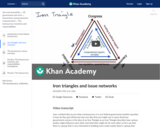
An overview of Iron triangles and issue networks.

This learning video addresses a particular problem of selection bias, a statistical bias in which there is an error in choosing the individuals or groups to make broader inferences. Rather than delve into this broad topic via formal statistics, we investigate how it may appear in our everyday lives, sometimes distorting our perceptions of people, places and events, unless we are careful. When people are picked at random from two groups of different sizes, most of those selected usually come from the bigger group. That means we will hear more about the experience of the bigger group than that of the smaller one. This isn't always a bad thing, but it isn't always a good thing either. Because big groups ''speak louder,'' we have to be careful when we write mathematical formulas about what happened in the two groups. We think about this issue in this video, with examples that involve theaters, buses, and lemons. The prerequisite for this video lesson is a familiarity with algebra. It will take about one hour to complete, and the only materials needed are a blackboard and chalk.